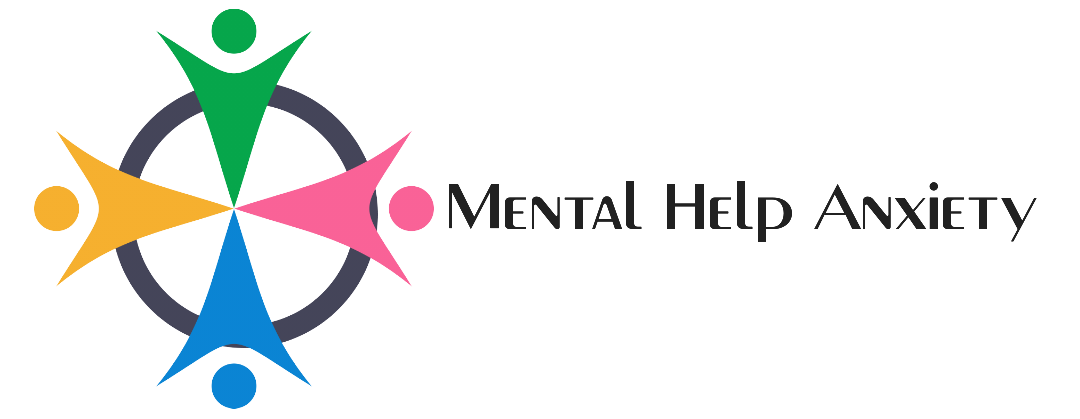he Conscious Mechanism
The concept of consciousness has intrigued philosophers, scientists, and thinkers for centuries. The conscious mechanism, the process by which we experience awareness, thought, and sensation, is a fundamental aspect of the human experience. Despite extensive research and debate, consciousness remains one of philosophy and neuroscience’s most enigmatic and complex phenomena. This article explores the conscious mechanism, delving into its definition, theoretical frameworks, and the latest scientific insights.
Defining Consciousness
Consciousness is often described as being aware of and able to think about one’s existence, thoughts, and surroundings. It encompasses everything from the sensory experiences of seeing and hearing to the inner experiences of thoughts and emotions. The conscious mechanism involves the subjective experience of being aware (phenomenal consciousness) and the functional aspects of cognition and perception (often called access consciousness).
Historical Perspectives
Throughout history, various perspectives have attempted to explain consciousness. In ancient philosophy, consciousness was often linked to the soul or spirit. Plato and Aristotle, for instance, viewed the soul as the essence of consciousness. Descartes’ famous declaration, “Cogito, ergo sum” (“I think, therefore I am”), emphasized the fundamental nature of thought and self-awareness in defining consciousness.
In the 19th and early 20th centuries, psychology and physiology began to investigate consciousness more scientifically. William James, a pioneering psychologist, described consciousness as a “stream,” highlighting its continuous and dynamic nature. The advent of behaviorism in the early 20th century shifted the focus away from consciousness, as behaviorists considered it too subjective for scientific study. However, the cognitive revolution in the mid-20th century reignited interest in understanding the conscious mind.
Theoretical Frameworks
Several theoretical frameworks have been proposed to explain the conscious mechanism. These include dualism, materialism, and functionalism, each offering a different perspective on the relationship between the mind and the brain.
Dualism
Dualism, famously advocated by Descartes, posits that the mind and body are distinct entities. According to dualists, the reason is non-physical and cannot be fully explained by physical processes alone. While dualism has been influential, it faces challenges explaining how the non-physical mind and the physical brain interact.The Best Exercises for Mental Health
Materialism
Functionalism
Functionalism proposes that mental states are defined by their functional roles rather than physical composition. According to functionalists, consciousness arises from the brain’s information processing, regardless of the specific physical substrate. This perspective aligns with advancements in artificial intelligence and cognitive science, suggesting that conscious experiences could arise in non-biological systems.
The Neural Correlates of Consciousness
Modern neuroscience has made significant strides in identifying the neural correlates of consciousness (NCCs)—the specific brain regions and networks associated with conscious experiences. Functional magnetic resonance imaging (fMRI) and electroencephalography (EEG) have allowed researchers to observe brain activity in real time, revealing critical insights into the conscious mechanism.
The Global Workspace Theory
Materialism, or physicalism, asserts that consciousness arises entirely from physical processes within the brain. According to materialists, mental states are brain states, and all conscious experiences can be reduced to neural activity. This perspective is supported by extensive evidence from neuroscience, showing correlations between brain activity and conscious experiences. However, critics argue that materialism struggles to account for the subjective quality of experiences, known as the “hard problem” of consciousness.![]()
One prominent theory, the Global Workspace Theory (GWT), proposes that consciousness arises from integrating information across various brain regions. According to GWT, the brain functions like a theater, where data from different sensory and cognitive processes is integrated into a global workspace, creating a unified conscious experience. This theory emphasizes the role of the prefrontal cortex and other higher-order brain areas in orchestrating conscious awareness.
Integrated Information Theory
Integrated Information Theory (IIT), developed by neuroscientist Giulio Tononi, offers a mathematical framework for understanding consciousness. IIT posits that consciousness corresponds to a system’s capacity to integrate information. According to this theory, the level of consciousness is determined by the degree to which a system’s components can interact and produce integrated information. IIT provides a quantitative approach to measuring consciousness and has been applied to various biological and artificial systems.
The Hard Problem of Consciousness
Despite these advancements, consciousness’s “hard problem” remains a significant challenge. Coined by philosopher David Chalmers, the complex problem refers to the difficulty of explaining why and how subjective experiences arise from physical processes. While neuroscience can map the neural correlates of consciousness, it struggles to explain why specific brain processes give rise to the feeling of being aware.
One approach to the complex problem involves exploring the nature of qualia – the individual instances of subjective experience. Qualia are the building blocks of conscious experience, encompassing everything from the redness of a rose to the bitterness of coffee. Understanding why qualia arise from neural activity is central to solving the complex problem.
The Future of Consciousness Research
As technology and methodologies continue to advance, the future of consciousness research holds exciting possibilities. Brain-computer interfaces, advanced neuroimaging techniques, and artificial intelligence will likely play significant roles in unraveling the conscious mechanism. Additionally, interdisciplinary collaborations between neuroscience, philosophy, psychology, and computer science will be crucial in developing comprehensive theories of consciousness.
One promising avenue of research involves the study of altered states of consciousness, such as those induced by meditation, psychedelics, and certain neurological conditions. These states provide unique insights into the malleability and complexity of the conscious experience, potentially revealing new aspects of the conscious mechanism.
Conclusion
Understanding the conscious mechanism is a profound scientific and philosophical endeavor. While significant progress has been made in identifying the neural correlates of consciousness and developing theoretical frameworks, the complex problem of consciousness continues to elude a definitive solution. As researchers continue to explore the intricacies of the mind and brain, our understanding of consciousness will undoubtedly deepen, bringing us closer to unraveling one of the most profound mysteries of human existence.



